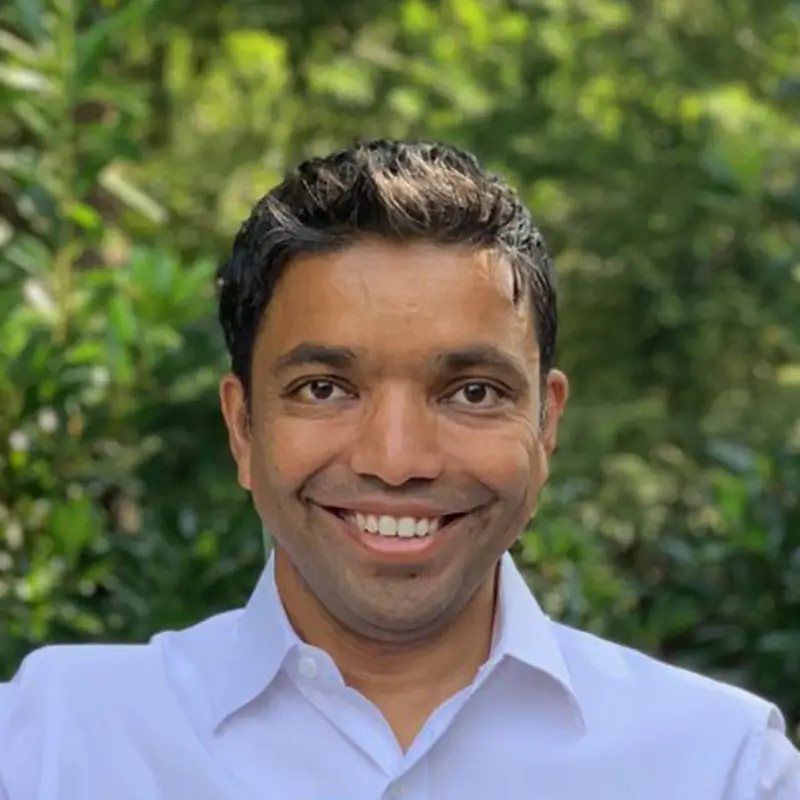Dr Kapil Parakh
Practicing cardiologist and Medical Lead of Google Fit
United States / Zambia

I grew up in Zambia, one of the poorest countries in the world, where I was acutely aware of the poverty and suffering around me. This upbringing instilled in me gratitude for opportunities as well as a deep sense of responsibility to leverage the resources at my disposal to help others. As a medical student in Zambia, I would see people being treated in the hospital for malaria and diarrhea, only to return with the same diseases given the conditions they were living in. During post-graduate training at Johns Hopkins, I would see patients admitted for flare ups of their chronic disease returning to the hospital as they struggled to cope in their communities. In both situations, it became clear that we had far more scientific evidence – whether it was on preventing malaria or reducing readmissions – than was being applied at the time. It struck me that we could help so many people if we could just apply the existing evidence better.
The American Heart Association (AHA) and the World Health Organization (WHO) recommend 150 to 300 minutes per week of moderate exercise or 75 to 150 minutes per week of vigorous exercise. They have recognized that this amount of physical activity is proven to reduce the risk of heart disease, improve focus, have better sleep and increase overall mental well-being. I work with Google Fit to translate these physical activity guidelines, raise awareness and show how incremental changes to existing weekly activities better help people meet the recommendations. I have two children under the age of five and life can get really busy. When I started working on Google Fit, I realized that even though I was constantly on the go, I personally was not getting the recommended levels of physical activity. I learned to walk faster and to squeeze in quick evidence-based exercises like the 7-minute workout to get the recommended levels. Now, even the kids will join in and do the workout with me, which makes it more fun.
My mission is to help as many people as possible around the world live longer and better lives. In more technical terms, I strive to reduce morbidity and mortality at a population level. My current area of focus is around using technology to promote lifestyle interventions such as increasing physical activity to help users lead healthier lives. In my work, one of the biggest challenges is converting highly technical scientific guidelines into actionable information and
insights that people can understand and incorporate into their life. The scientific report that underpins the physical activity guidelines is over 700 pages long. At Google Fit, it took months of working with AHA and WHO to make sure we got everything accurate from a technical perspective.
One of the things I am also passionate about is implementing science to improve public health. While it doesn’t get the same attention as a new breakthrough, evidence-based implementation can be quite powerful. Many scientific findings that can improve health do not reach substantial parts of the population. Getting them to more people could have a tremendous impact.
In the U.S., heart disease is the number one cause of death, and strokes are number five. Many of these CVDs could be prevented with lifestyle changes. Lifestyle plays a major role in these statistics and reducing modifiable risk factors for cardiovascular disease could have tremendous impact. Being more physically active is a key component of a healthy lifestyle, but much more is needed to get Americans to the recommended levels of physical activity. We are at an exciting time where advances in technology bring new opportunities to promote physical activity and the challenge is to come together as an ecosystem and get this right.